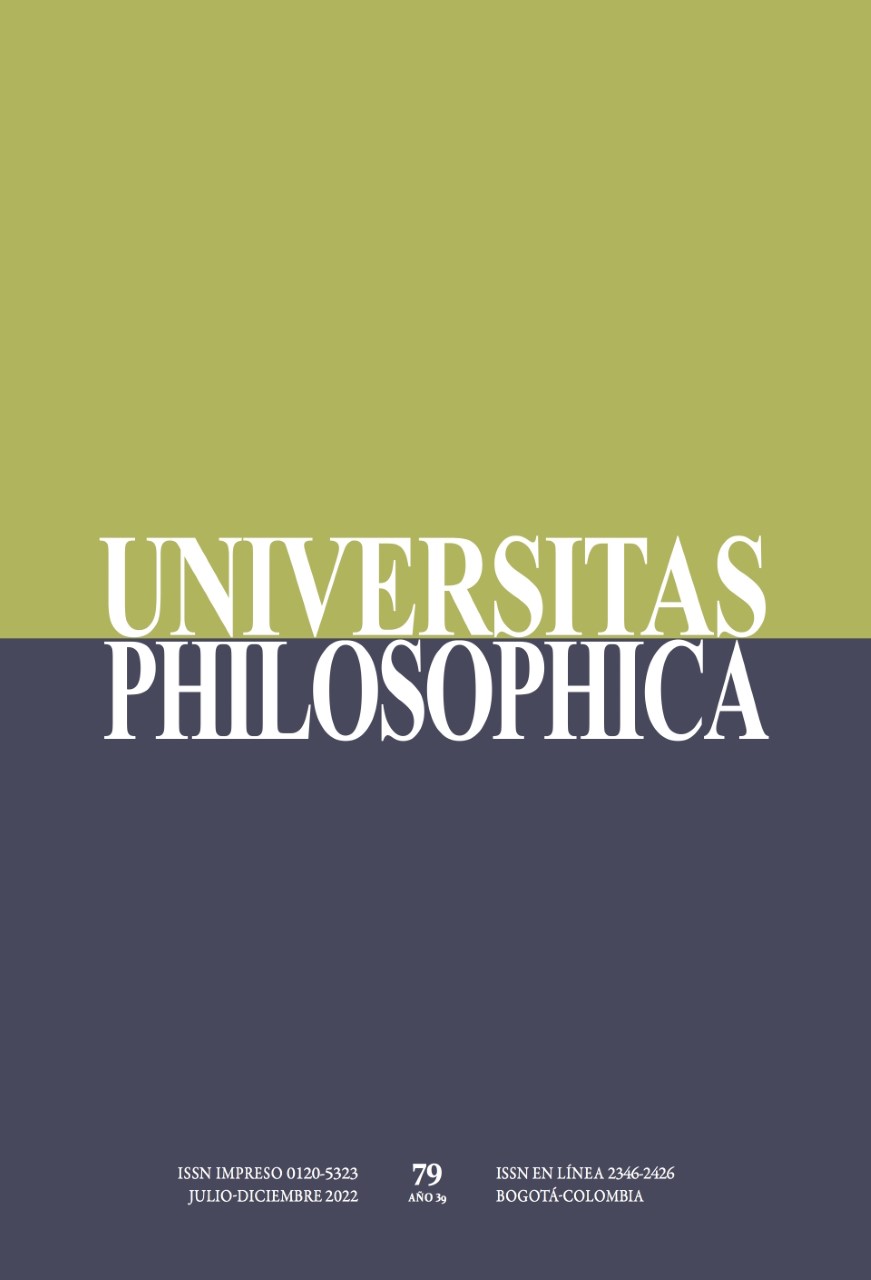Resumen
En este texto exploraré la idea de que la práctica de la danza puede ser un método de investigación en filosofía. Propongo que no solo es posible hacer filosofía en movimiento, sino que además esta aproximación cinética al pensamiento permite poner en cuestión y transformar sesgos y paradigmas patriarcales y coloniales que han predominado en la historia de la filosofía. La danza nos permite experimentar nuestros cuerpos a través de, en y por el movimiento, en lugar de meramente hablar y referirnos al cuerpo como un objeto (como cualquier otro objeto) y de conceptualizar sus propiedades generales. Mi tesis es que un cuerpo que piensa es un cuerpo en movimiento, de manera que, si queremos filosofar como una forma de rechazar los dualismos y privilegios arbitrarios, la danza es una forma interesante de hacerlo. Analizaré el concepto de lo viviente de Gilbert Simondon, a partir de una difracción basada en la experiencia de participar en un taller de danza de Marie Bardet, para mostrar que cuando la temporalidad y la topología de lo viviente se aclaran en la experiencia, es posible constatar las potencias de pensamiento de los cuerpos múltiples, ya no está en cuestión un cuerpo abstracto, sino un cuerpo vivido, feminizado, marcado por historias singulares.
Bardet, M. (2010). Pensar con mover. Un encuentro entre danza y filosofía. Cactus.
Bardet, M. (2020). Hacer mundos con gestos. En: Haudricourt, André-Georges. El cultivo de los gestos entre plantas, animales y humanos (pp. 81-111). Cactus.
Bardin, A. (2015). Epistemology and Political Philosophy in Gilbert Simondon. Individuation, Technics, Social Systems. Springer.
Barnes, J. (Ed.). (1984). The Complete Works of Aristotle. Princeton University Press.
Cooper Albright, A. (1997). Choreographing Difference. The Body and Identity in Contemporary Dance. Wesleyan University Press.
Gargallo, F. (2012). Feminismos desde Abya Yala. Ideas y proposiciones de las mujeres de 607 pueblos en nuestra América. Desde Abajo Ediciones.
Haraway, D. (1992). The Promises of Monsters: A Regenerative Politics for Inappropriate/d Others. In: Grossberg, L., Nelso, C., and Treichler, P. (Eds.), Cultural Studies (pp. 295-337). Routledge.
Harding, S. (1986). The Science Question in Feminism. Cornell University Press.
Kapadocha, C. (Ed.) (2021). Somatic Voices in Performance Research and Beyond. Routledge.
Leigh Foster, S. (Ed.) (1996). Corporealities. Dancing Knowledge, Culture and Power. Routledge.
Plato (1973) Theaetetus (tr. John Mcdowel). Oxford University Press.
Sheets-Johnstone, M. (2011). The Primacy of Movement. John Benjamins Publishing.
Simondon, G. (1992). The Genesis of the Individual. In Crary, I. & Kwinter, S. (ed.), Incorporations. Zone Books.
Simondon, G. (2009). The Position of the Problem of Ontogenesis, Parrhesia, 7, 4-16.
Simondon, G. (2020). Individuation in Light of Notions of Form and Information. University of Minnesota Press.

Esta obra está bajo una licencia internacional Creative Commons Atribución 4.0.
Derechos de autor 2022 Diana María Acevedo-Zapata


